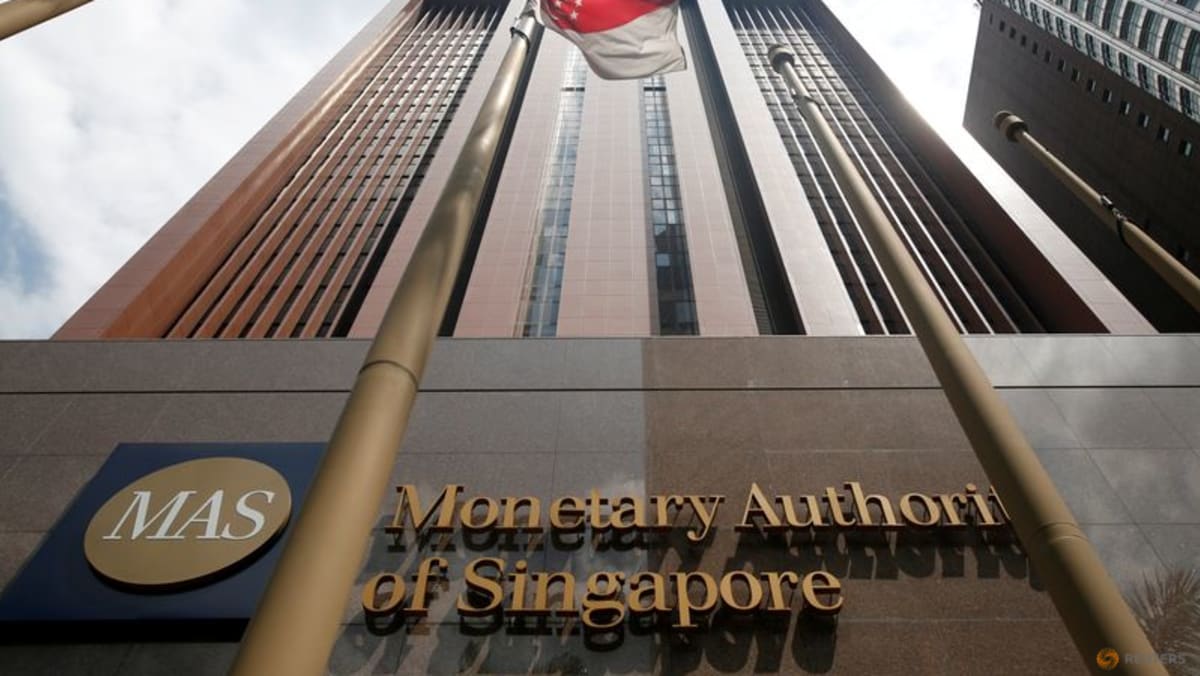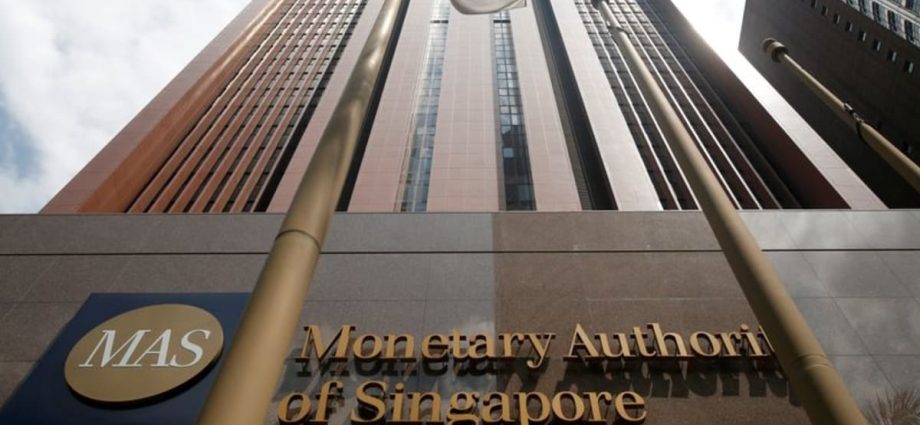
RISK OF OVERTIGHTENING
It is true that core inflation – which excludes accommodation and private road transport costs – remains at high levels. That measure hit 5.5 per cent year-on-year in January-February following the hike in the Goods and Services Tax (GST) rate. For context, we haven’t seen a reading this high since 2008 – and it’s way above what the MAS considers to be its “historical average” of slightly below 2 per cent.
However, core inflation is set to fall in the coming months.
This is partly a function of base effects. Because prices tend to behave seasonally – think of how prices for bak kwa and haircuts tend to jump around Chinese New Year – we often look at the consumer price index in terms of how much it’s risen compared with a year ago. And last year, the war between Russia and Ukraine broke out in late February, triggering a surge in global energy and food prices – a surge that will start pushing down year-on-year comparisons from March 2023.
At the same time, underlying inflation pressures have eased somewhat. Excluding the effects of the GST hike, we estimate underlying core inflation likely fell from 5.1 per cent in December 2022 to 5.0 per cent in January 2023 and 4.9 per cent in February – compared with the official figures showing an increase to 5.5 per cent in January-February.

